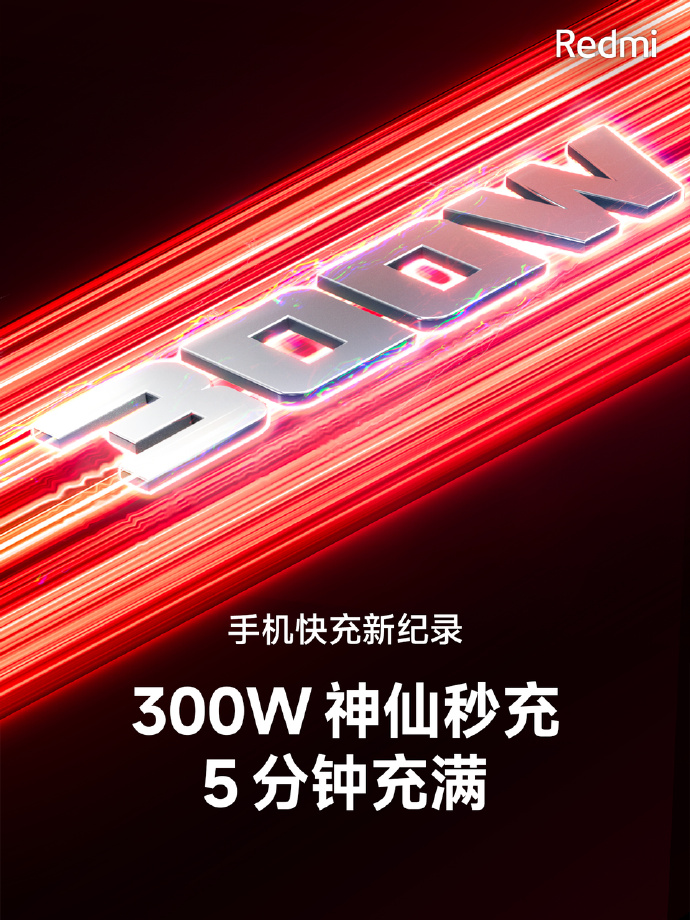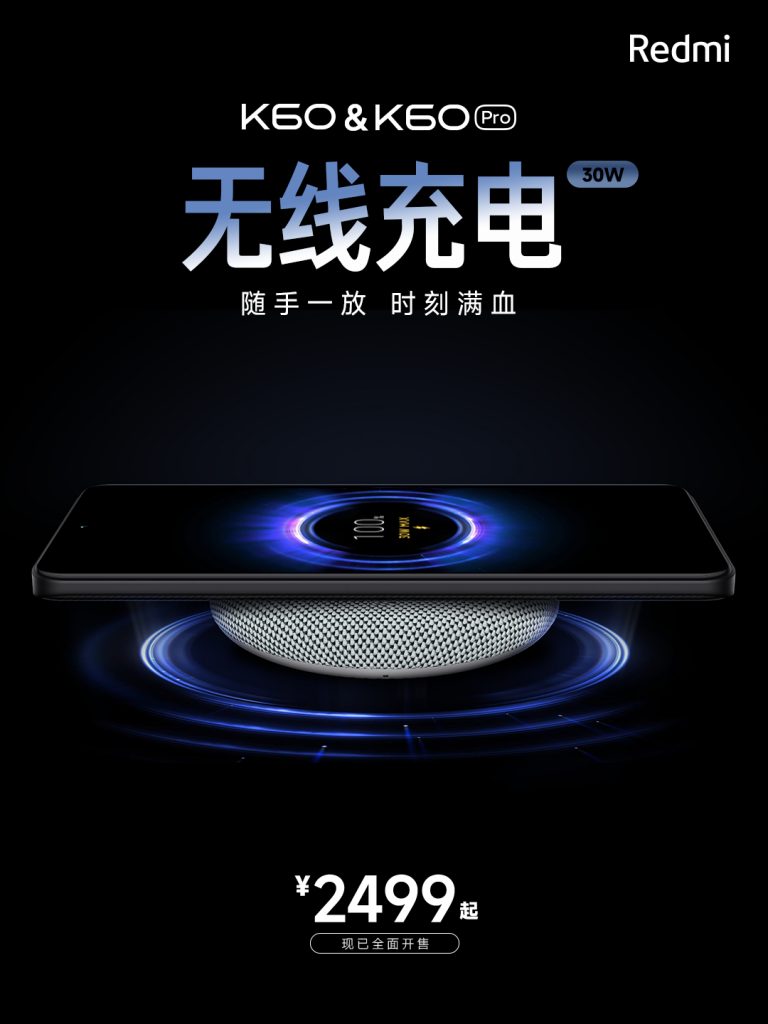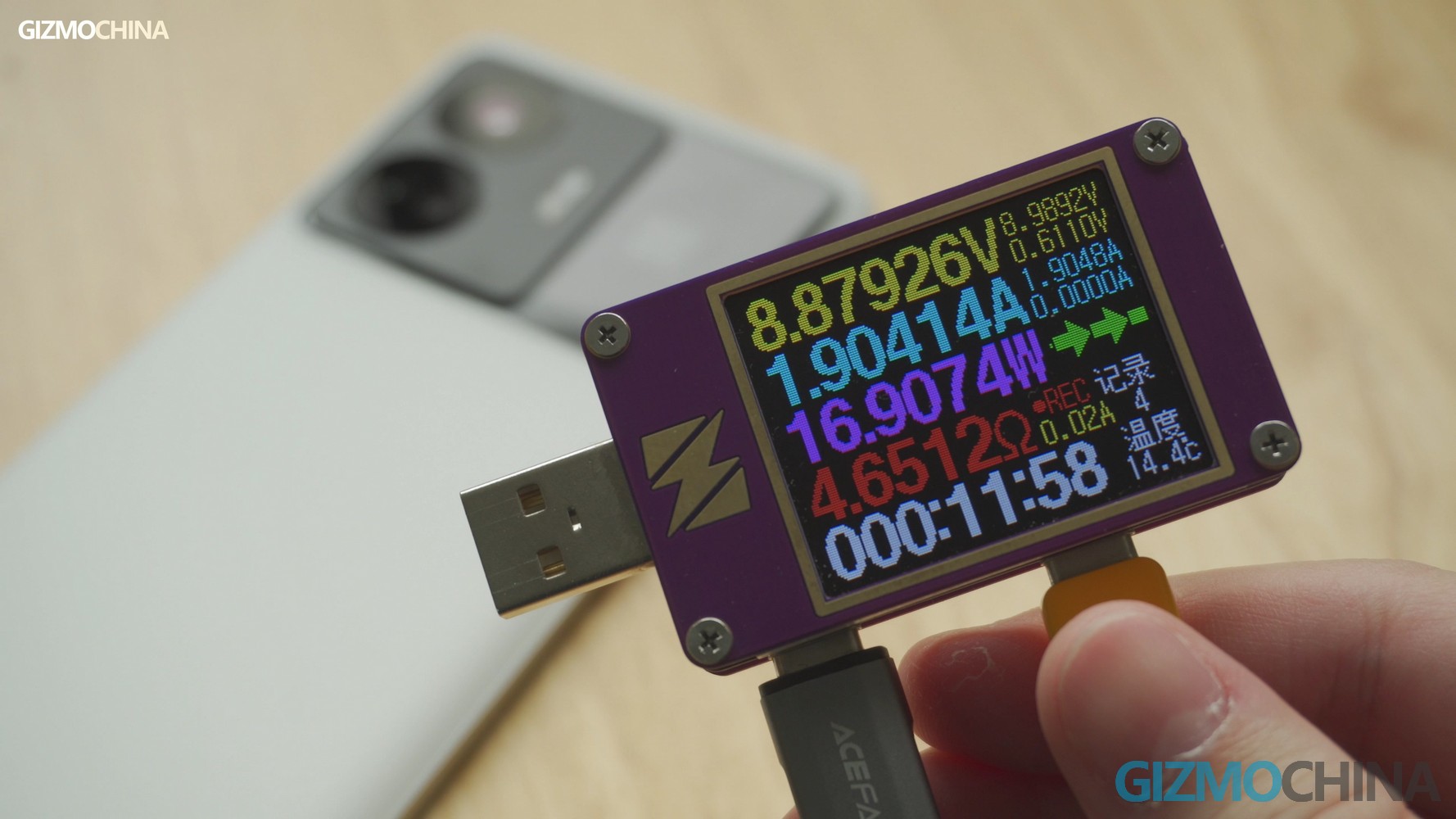We all know that Realme GT Neo 5 (rebranded as Realme GT3) was claimed as the fastest charging phone available since its release. It features 240w of charging power and can be fully charged in ten minutes. But embarrassingly, Redmi immediately announced that they have made a phone with 300w of charging power that can be fully charged in 5 minutes.
Although phones are charging faster with insane efficiency, that doesn’t mean users have to pay more for the new technology. So how fast is fast enough for a smartphone in real life? here are some ideas for you.

Usage scenarios and charging habits
To know how much charging power you need, 240w, 120w, or just 40W, first it’s better to think about your own phone scenario and habits. For example, ask yourself two questions: how often do you use your phone and do you have a charger around you? If you need to use your phone for a long period, and you have a supported fast charger at home or in the office, then you can choose a phone with high charging power. However, if you spend most of your time outdoors, carrying no charger but only a power bank, then fast-charging phones could be pointless for you.
If you don’t frequently hold and light up your phone, you might also consider buying a phone that supports wireless charging. Take me as an example. Instead of sticking with a phone for long periods of time; I prefer to have work, communication, and entertainment on my computer. I’m able to put my phone on a wireless charging dock in my office or at home often. The phone always stays above 50% power. In this case, it’s not necessary to consider how much wired charging efficiency you need.

Some people need to consider charging compatibility issues because they often use third-party chargers. If you have a lot of third-party chargers at home, which may be expensive and good as well, but they don’t always provide fast charging for your phone. To get your phone to charge quickly, there are requirements for all three: the charger, the cable, and the charging protocol supported by the phone. I won’t go into the depth of chargers and cables here, as this article is mainly about the phone itself. The number of charging protocols supported by each phone brand could be greatly different. In fact, it is difficult to explain or to prove in detail, which is neither a feature that most brands will guarantee on paper.
To put it simply, models like Xiaomi, Samsung, and Motorola, which have global sales, generally support most of the charging protocols. However, the charging compatibility with brands such as Vivo and OPPO, which are mainly sold in China and Southeast Asia, are likely to have limited compatibility. If you don’t use the official charger, whether your phone is 120w or 240w, you may only be able to charge at 18w in the end.

Charging power and battery capacity are in conflict
While charging is getting faster, it comes at a cost. If you need ultra-fast charging speed, battery capacity is usually the first thing to be sacrificed, let alone the potential damage to battery endurance caused by high-power charging. Take the first two phones for example. Realme GT Neo 5 has 240w charging power but only comes with a 4600mAh battery, and 210w Redmi Note 12 Discovery Edition only features a 4300mAh battery, while 67w Redmi K60 is equipped with a 5500mAh battery even with a wireless charging coil.
So you can decide how big a battery you need first, and then consider the charging power as a dessert for the battery life.

Money is everything
There is another easiest way to choose a phone, which is to see how much money you have left in your wallet. The faster charge you want for a phone, the more expensive it must be. Some are even sold as limited editions and you have to pay extra money for them. 240w Realme GT Neo 5 is priced at ¥200 (≈$29) more than the 150w version in China. If you don’t care about the battery capacity, then saving that $29 is definitely a better option.
Another fact is that most brands’ charging solutions for smartphones now seem very aggressive. When the power figure exceeds 80(W), the perceived margins for making a tangible difference would be small.
As I received too many similar questions about how to choose the charging power of phones, this article could be my answer. The above methods may not be the perfect standard, but I believe they will help you find your own phones.




